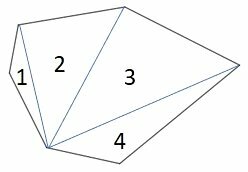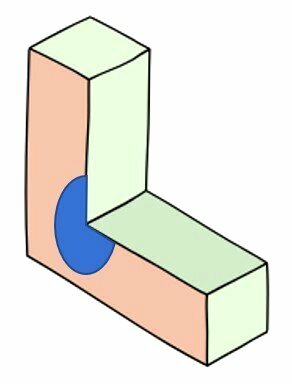Number is a basic mathematical concept used to characterize counting, ordering, or measuring.
The representation of numbers is made through a numeral, expressed by sounds or writing, and the figures correspond to numerical symbology, that is, the characters that identify a number.
For Pythagoras, ancient Greek philosopher and mathematician, numbers constitute the beginning of all things.
history of numbers
The idea of number was built throughout history. Since prehistory, the need to count and measure has been part of primitive man's activities. Gathering stones, knots on ropes and scratches on surfaces were some of the ways used to record the amounts in daily life.
The Egyptians, for example, around 3500 BC. C., created their own counting and writing system. The basis of Egyptian numbering was decimal and used the multiplicative principle to develop the numbers.
Other types of numbers are as old as the Egyptians and were created to facilitate taxation and agriculture by civilizations.
The Hindus invented a numbering system around the 6th century, which was spread across Western Europe probably through the Arabs. This Hindo-Arabic system is the number we use today.
Mohammed ibu-Musa al-Khowarizmi, an Arab mathematician, described in his book addition and subtraction, according to the Hindu calculus the possibility of representing any number using only 10 symbols, called digits (1, 2, 3, 4, 5, 6, 7, 8, 9 and 0).
Also read about the history of mathematics.
Numerical sets
Numbers with similar characteristics were grouped into numerical sets. Are they:
- Natural numbers (N)
- Integers (Z)
- Rational numbers (Q)
- Irrational numbers (I)
- Real numbers (R)
Natural numbers (N)
It is an infinite set of numbers, which are integers and positives, used in counting.
The set of natural numbers is represented by:
N = {0, 1, 2, 3, 4, 5, 6, 7, 8, 9, 10, 11, 12,... }
The numbers that are part of this set are used to count and sort. Natural numbers can be obtained by adding one unit to the previous number in the sequence.
Learn more about natural numbers.
Integers (Z)
This infinite set encompasses numbers that are both positive and negative. Therefore, it gathers the natural numbers and their opposites.
The set of integers is represented by:
ℤ = {..., - 4, - 3, - 2, - 1, 0, 1, 2, 3, 4, ...}
In the representation of the elements of the set, negative integers are written with the sign (–) and positive integers have the sign (+). These numbers are used, for example, to indicate quantities such as temperature.
Learn more about whole numbers.
Rational numbers (Q)
This set presents the numbers that can be written as a fraction. Being , with b ≠ 0, we have the following elements of this set:
Note that all numbers are integers, but b represents non-null integers. Therefore, Z is a subset of Q.
Examples of rational numbers are: 0, ± 1, ± 1/2, ± 1/3, ±2, ± 2/3, ± 2/5, ± 3, ± 3/2, etc.
Rational numbers can be whole numbers, exact decimals, or periodic decimals.
Learn more about rational numbers.
Irrational numbers (I)
The set of irrational numbers brings together the infinite and non-recurring decimal numbers. Therefore, these numbers cannot be represented by irreducible fractions.
Some examples of irrational numbers:
- √2 = 1,414213562373...
- √3 = 1,732050807568...
- √5 = 2,236067977499...
- √7 = 2,645751311064...
Learn more about irrational numbers.
Real numbers (R)
You real numbers correspond to the union of sets of numbers: natural (N), integers (Z), rational (Q) and irrational (I).
The set of real numbers can be represented as follows: R = Q U (R – Q), because if a real number is rational it cannot also be irrational and vice versa.
You may also be interested in:
- Set theory
- Operations with sets
- Exercises on numerical sets
- History of numbers: evolution and origin of numbers
- Egyptian numbering system



